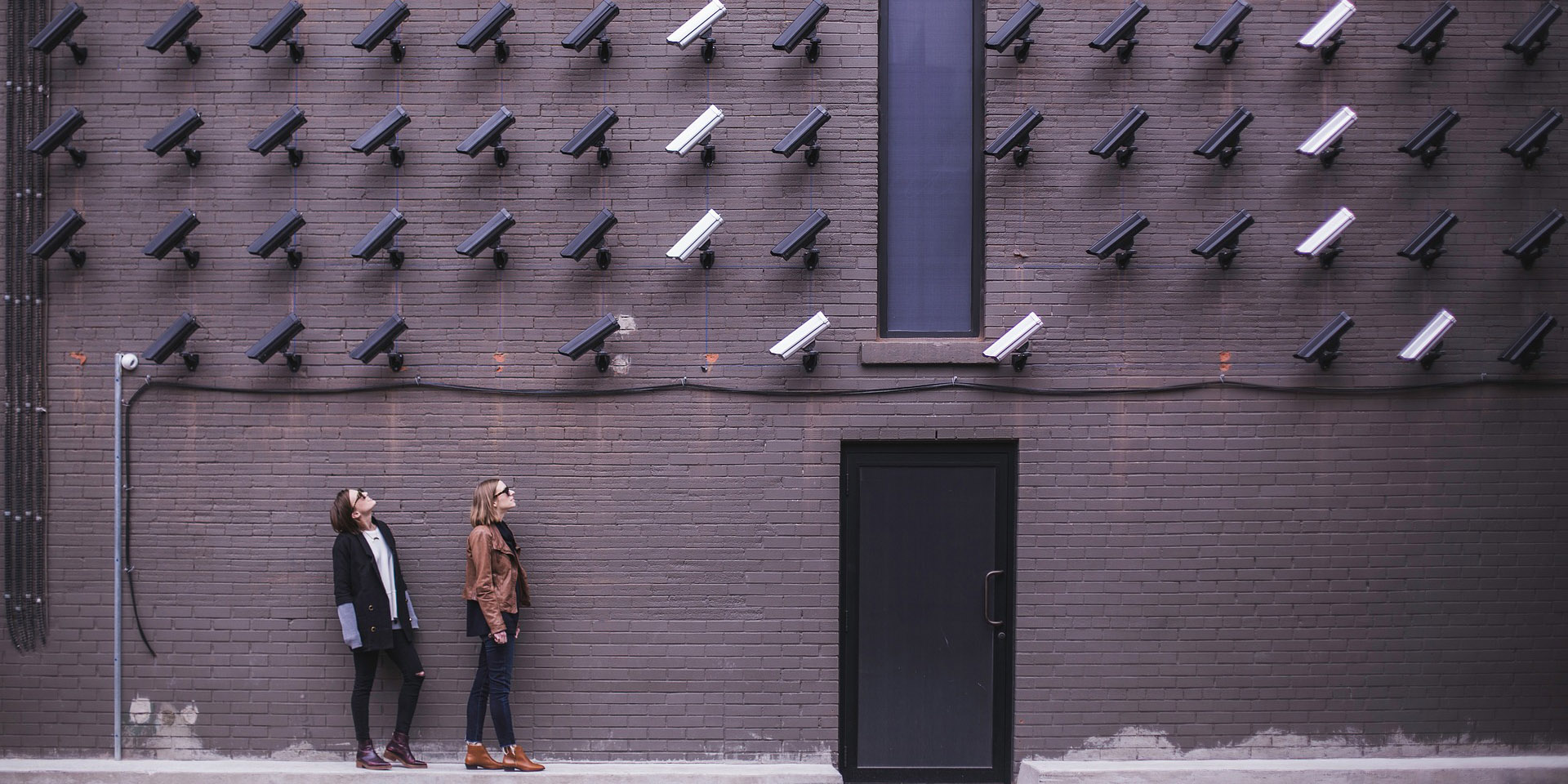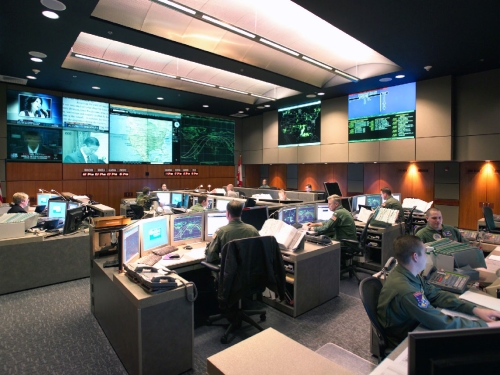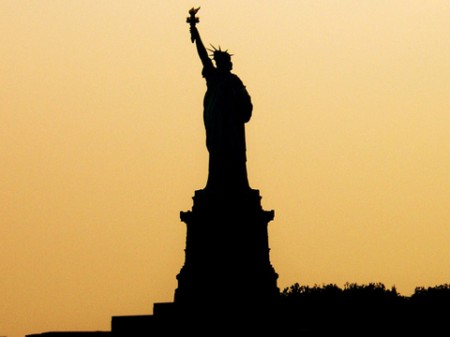Image courtesy of StockSnap/Pixabay
This blog belongs to the CSS’ coronavirus blog series, which forms a part of the center’s analysis of the security policy implications of the coronavirus crisis. See the CSS special theme page on the coronavirus for more.
The COVID-19 pandemic has led to an unprecedented spread of facial coverings while simultaneously accelerating the adoption of digital surveillance tools, including facial recognition systems (FRS). However, whereas the facemasks will disappear again, FRS are not only poised to stay, but to keep on expanding. Consequently, governments should address the issues of bias and robustness by testing and certifying FRS. Even more importantly, there is a need to explore and discuss acceptable socio-technical configurations (cultural norms, technical standards, infrastructure, laws, etc.) around the increased legibility of citizens to the state.



